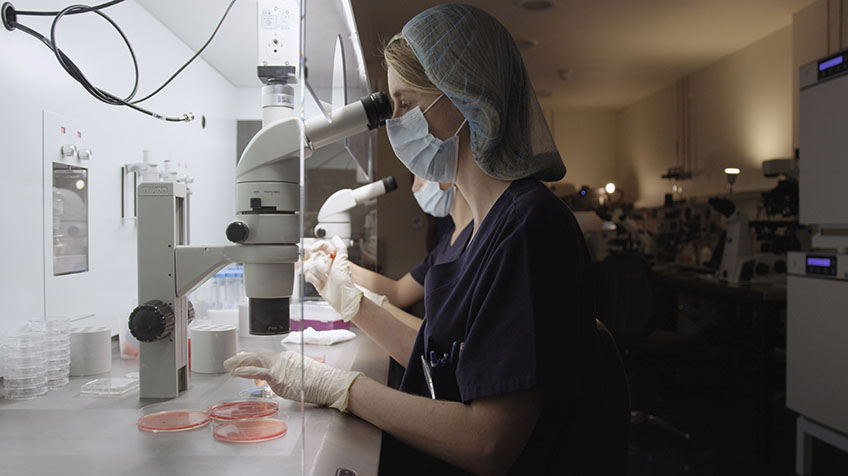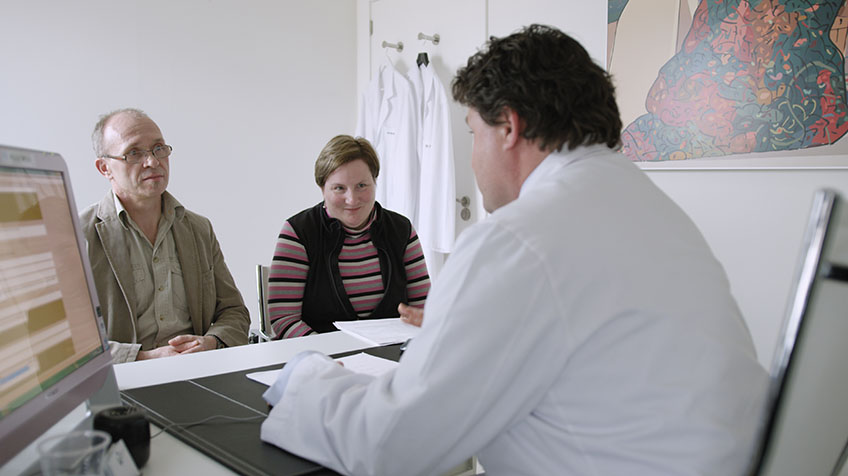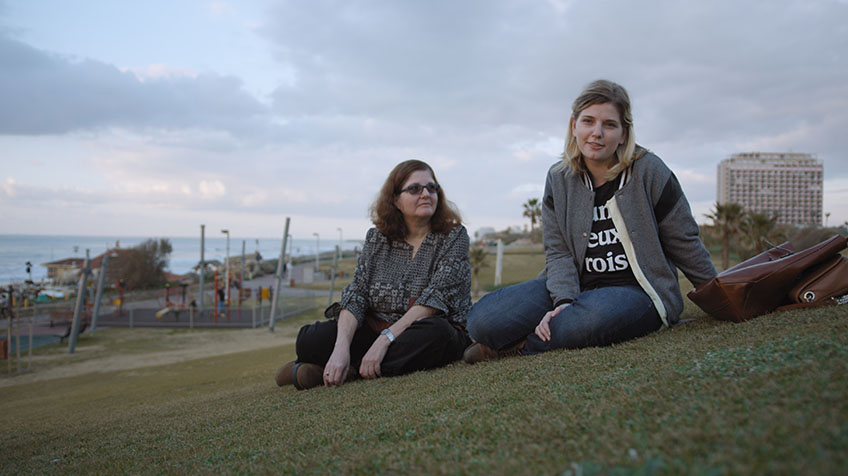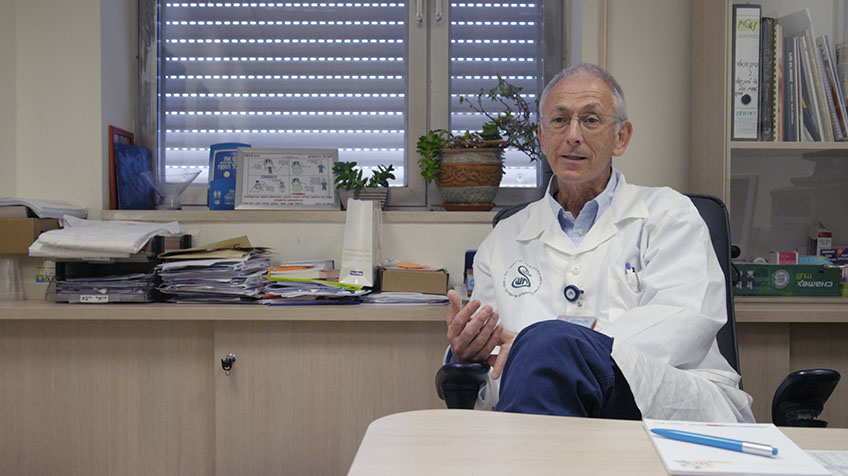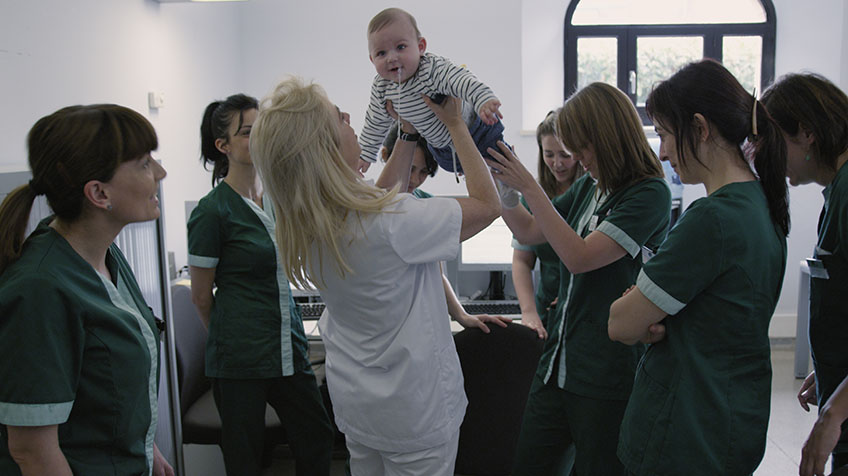퓨쳐 베이비Future Baby
 트레일러 재생
트레일러 재생
마리아 엘레마브스키
- Austria
- 2016
- 91min
- DCP
- color
Korean Premiere
Synopsis
<퓨처 베이비>는 바로 우리 코앞에 다가온 미래에 펼쳐질 인간 복제에 대한 이야기다. 감독은 세계 곳곳의 연구소와 병원을 방문하여 여러 의사들과 과학자, 난자 기증자, 대리모를 만난다. 영화는 이런 혁명적인 기술을 찬성하는 자와 이 기술이 불러오는 윤리적, 법적인 모순을 지적하는 반대론자 사이에서의 균형을 잃지 않는다. 그러면서 동시에 인간이 얼마큼 자연에 관여해야만 하고, 관여할 수 있는지에 대한 질문을 던진다.
Review
미래는 바로 우리 가까이에 있다. 우성인자만을 조합하여 태어난 사람과 자연분만으로 태어난 사람이 상류층과 하층민을 형성하는 SF 영화 <가타카>가 1997년에 만들어졌는데, 영화의 상상력은 고작 20년이 지난 지금 현실이 되어가고 있다. 1975년 체외수정이 가능해진 이래로 500만 명의 아기가 태어났다. 감독은 세계 곳곳의 병원과 연구소를 방문하여 의사, 과학자, 테크니션, 난자 기증자, 대리모, 체외수정으로 태어난 여성을 만나 이야기를 듣는다. 발달된 과학기술은 건강한 아기를 갖고자 하는 부부의 걱정을 덜어주고 있다. 가임기가 지난 부부, 질병 유전자를 가지고 있는 부부, 동성 부부, 오랫동안 자연분만이 되지 않은 부부들이 인공수정의 혜택을 찬미한다. 아름답고 행복한 가족을 일군 이들에게는 커다란 축복이지만, 이 혁명적인 기술에는 행복함만 있는 게 아니다. 인간복제 기술이 산업이 되어가면서 우성인자만을 선택하려는 고객들, 난자 기증자의 역할 문제, 부의 정도가 유전자의 우수성을 결정짓는 현실, 부부가 이혼했을 때 태아의 소유권 문제, 난자 추출과 대리모가 인류애가 아닌 생계를 위한 수단이 될 때의 문제 등이 있다. 수많은 SF 영화들이 보여주었던 묵시록적 상상력이 현실이 될 수 있다. 이 다큐멘터리는 과학의 빛나는 성취 앞에서 이에 대해 회의를 가진 사람들에게도 균등하게 시선을 나눈다. 철학적, 윤리적, 법적 모순을 지적하는 회의론자들은 인간이 자연에 어디까지 개입할 수 있는지 질문한다. 과학윤리에 깨달음을 주는 좋은 정보 다큐멘터리이다. [정민아]
Director
-
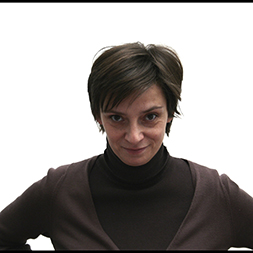
마리아 엘레마브스키Maria Arlamavsky
Looking for QI (2011)A White Substance (2008)Loud and Clear (2002)Rubber Chicken (1998) Children are an important part of my life, a part that despite the effort I would not want to miss. I understand why people want to have and raise children and want to live as a family, be it in a straight or gay relationship or as a single parent. Adopting a child who comes with a lot of unknowns or taking in a foster child, having to deal with officials and justifying why you want to have a child, proving that you have sufficient resources, etc., appears difficult to many and is not yet an option for all. Injecting hormones to produce more eggs, ejaculating into a jar, and hoping that the considerable financial effort will pay off seems, in a way, more predictable. It is estimated that since 1978, 5 million children have been born who were not conceived through parental sex but through science, pharmaceuticals, and medical technology—children who (most of the time) are happy to be alive and don't want to be viewed as test-tube babies or guinea pigs. They are planned children of parents who very much wanted ‘their’ child. But in 2013, for example, the actual live birth rate for IVF in Austria was only 26 percent. Today there are statistics that say one shouldn't give up before the sixth IVF attempt. That makes for lucrative business. Similar to cosmetic surgery, reproductive medicine capitalizes on the desire to get what we don't have—something we don't absolutely need but desperately hope to attain. The hopes and wishes of prospective parents, the promises of clinics, hospitals, and physicians, and the visions of scientists working in the field, as well as how these different aspects interact, have fascinated me throughout my work on Future Baby. Everyone seems to be trudging along on their own track while losing sight of the bigger picture, too close to see the trajectory of a development that does lead to children but has other social, psychological, and ethical consequences as well that are often overlooked. Future Baby does not provide any answers, but it does try to bring together images that are usually kept apart. Young egg donors who offer their eggs willingly and gladly because of monetary compensation, surrogate mothers who hope to provide a better future for their own children by carrying a genetically unrelated embryo for someone else, and people who were themselves conceived with the genetic material of someone they don't know meet those who would prefer not to think about all of this on their quest for a child of their own. With Future Baby, I wanted to explore where the rapidly developing fields of reproductive medicine, genetics, and birth control are taking us, and I believe we have come to a point where it is imperative that we ask ourselves, “How far do we want to go?”
Credit
- ProducerMichael Kitzberger, Nikolaus Geyrhalter, Markus Glaser, Wolfgang Widerhofer
- Cinematography Sebastian Arlamovsky
- Editor Natalie Schwager, Alana Newman
- Music Vicent Pongracz
Contribution / World Sales
Contribution / World Sales Austrian Films
Phone 43 1 526 33 23
E-mail anne.laurent@afc.at
Website http://www.AustrianFilms.com
